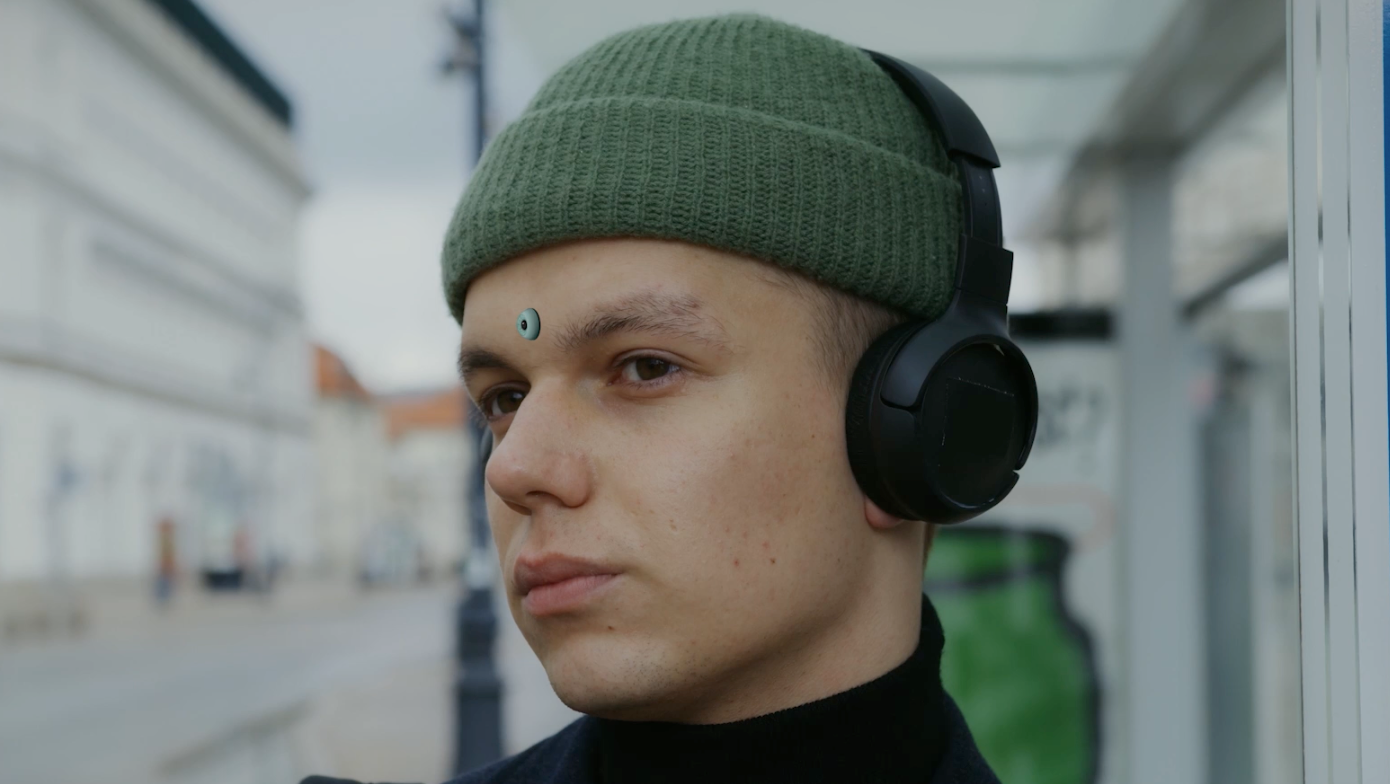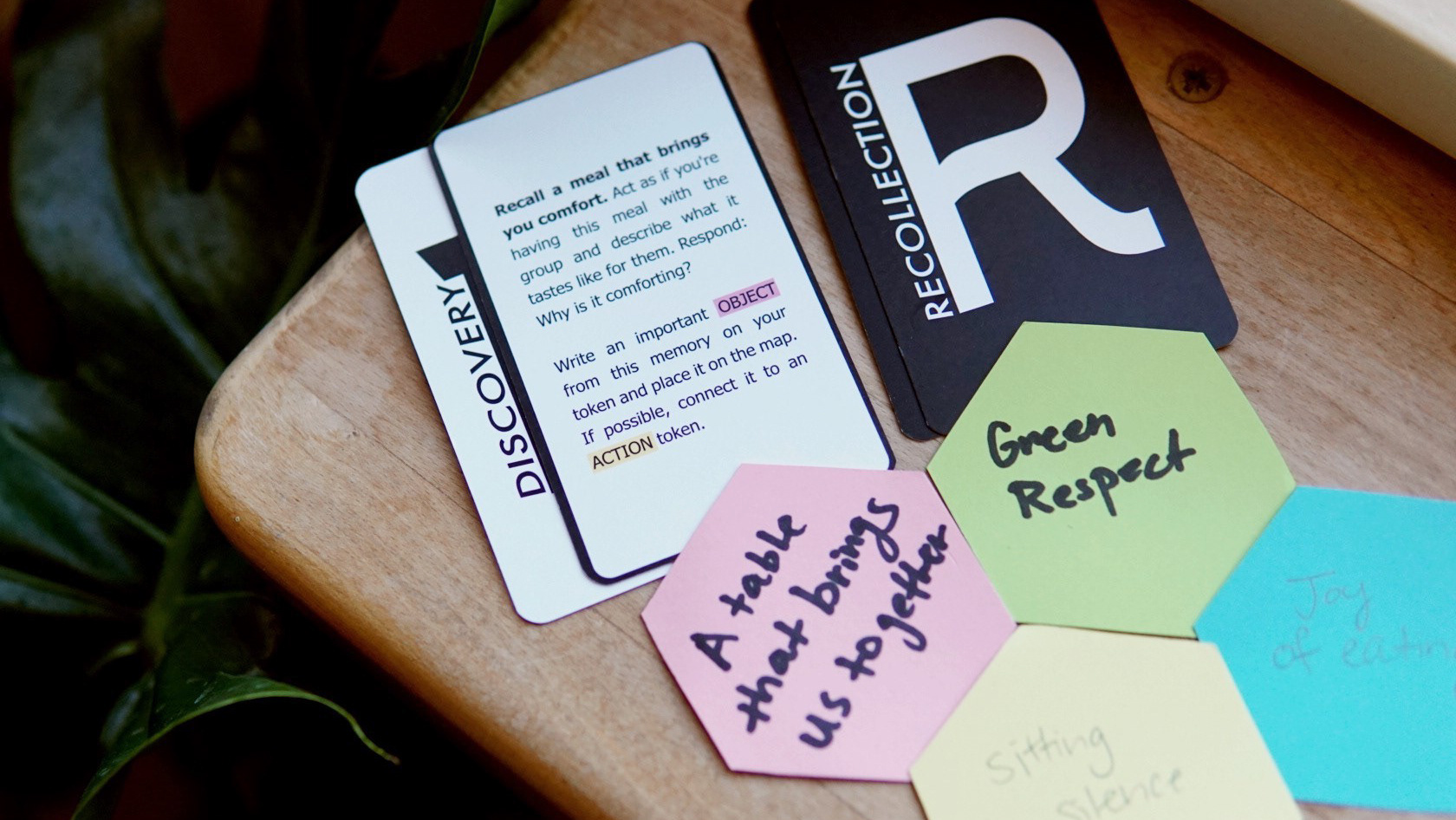Preparing for our near futures with artificial intelligence (AI).
We are living in a defining time for AI, as global companies race against each other to achieve unparalleled innovations across industries like healthcare and education. It is inevitable that AI will radically transform our lives within the next decade — for better or worse.
PRE-SINGULARITY — referring to a time before technology becomes uncontrollable — was a social simulation game about our near futures with artificial intelligence (AI). It ran for six weeks online, beginning on March 27 and ending on May 7, 2023. The project was conducted under the MA Future Design program at Prague City University.
Check out the simulation archives: https://youraifutures.substack.com/archive
Method
During the simulation, players from around the world received "news of the future" — research-based predictions on how AI might affect us and created with the help of generative AI. The speculative news articles were published on Substack, and community discussions were hosted on Discord. Based on the players' responses to the prompts, the stories developed in novel ways. A new major social issue on AI was introduced each week. There were 75 people who signed up to receive news articles on Substack, and 35 people who were members of the Discord channel.
The purpose of the simulation was to investigate a novel method in preparing people for AI by inviting them to "live through" possible scenarios and empowering them to work towards their preferred futures.
Exhibition
A showcase of outcomes from the simulation took place in the library of Prague City University, which I turned into "The Future(s) Library." With the help of generative AI tools, I created a ten-minute video of the stories co-created by human participants and projected it in the library. The video was made in the style of 1920s newsreels to simulate the experience of going into a theater to watch the news.
Exhibition goers were asked to participate and continue the stories by imagining what might happen in our next decade with AI (2030-2040).
Additionally, I created newspapers with the final news stories. It also included more information about the social simulation, as well as speculative advertisements for AI services and products from the simulation.
Use of AI Tools
In order to rapidly create game materials every week for the simulation, I used generative AI to aid the process. The two primary AI tools used were ChatGPT for text and Midjourney for images. While new simulation scenarios were created with research-based human predictions, details were often generated using the Socratic questioning method with ChatGPT.
All content for the simulation and exhibition were prompted, curated, and edited by me.
Conclusions
This research project is a format that utilizes the familiar habit of consuming and discussing news on social media. By adopting a futures or foresight perspective, it aims to educate the public about AI and engage them in creating desirable future scenarios. This method could be further gamified, such as the implementation of roleplaying, and adapted to fit diverse AI design needs.
My three big takeaways after this simulation:
1. More investments need to be made toward AI education and literacy.
2. AI development and deployment require the participation of all people.
3. Futuremaking is a dynamic process that thrives on engagement.
“I’d take with me other people’s perspectives. A lot of interesting thoughts shared.”
— Simulation Participant
__________________________




